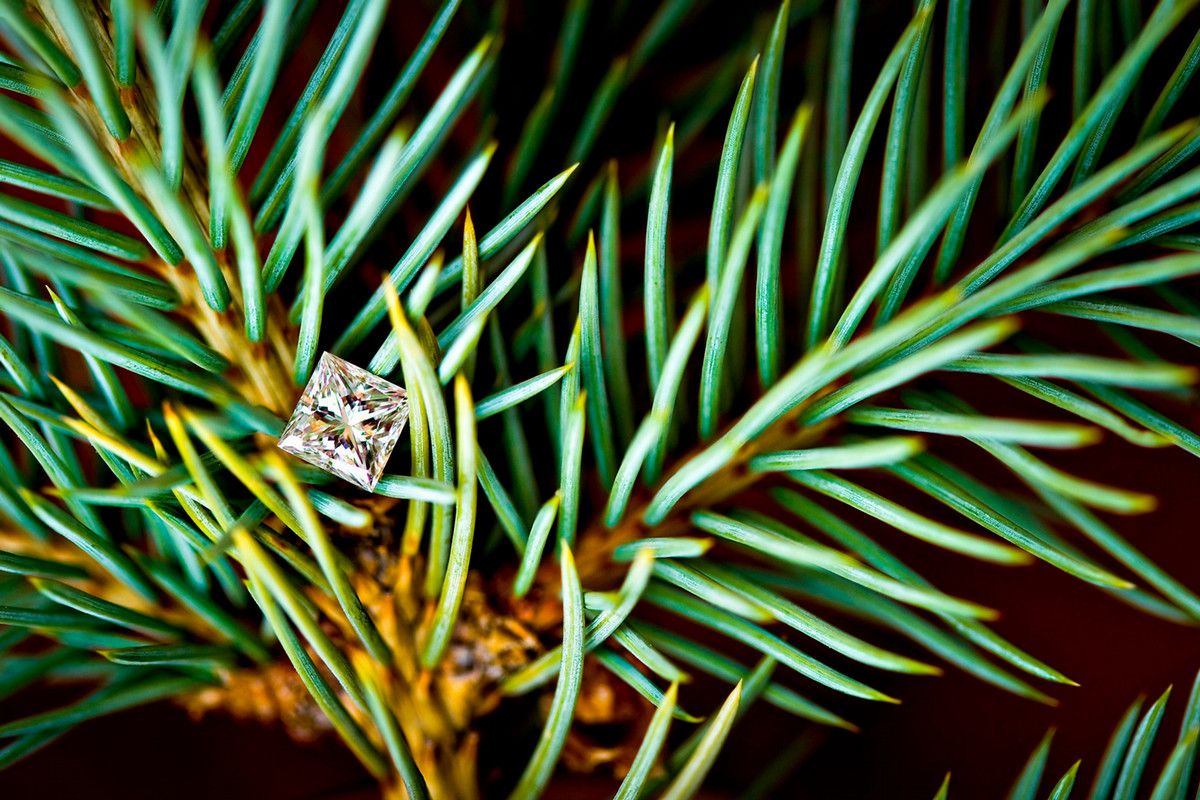Besides being prized as gemstones, diamonds are useful to many advanced technologies, such as quantum computers and certain sensors. But diamonds are also rare. Although they are made out of carbon, which is a commonplace substance, the carbon atoms must be tightly bonded into a special arrangement to make the hardest known substance.
In nature, they are formed under the fantastic pressures and high temperatures found in the Earth’s mantle, hundreds of miles below our planet’s surface. Diamonds are only occasionally brought to the surface from these depths. But because carbon is plentiful, science fiction, such as Neal Stephenson’s novel The Diamond Age, has sometimes imagined a world where scientists find an easy way to make lots of diamond artificially.
Artificial diamonds are already produced for industry and as gems, but the conditions required are extreme, either involving compressing carbon atoms under sixty thousand times the pressure of the atmosphere, or heating a low pressure hydrogen carbon gas to temperatures hotter than the sun’s surface. Both routes are difficult and expensive.
In 2024 a team of scientists reported a major breakthrough towards an easier way to make diamonds. They discovered a way to do it at ordinary room pressure. Their recipe starts with a mixture of molten metals and silicon heated to about nineteen hundred degrees Fahrenheit. When this mixture is exposed to the carbon containing gas methane, the gas dissolves in the molten metals. The silicon helps the dissolved carbon organize into the crystal structure of diamond. So far, the diamond crystals made have been very tiny, but the researchers hope to refine their technique further. Maybe a real diamond age is possible.










